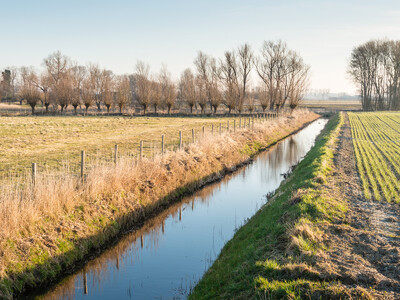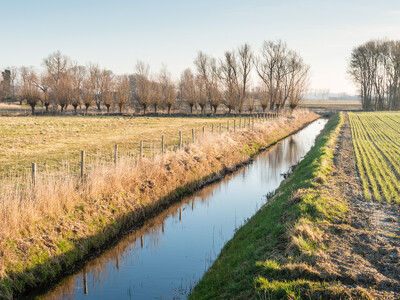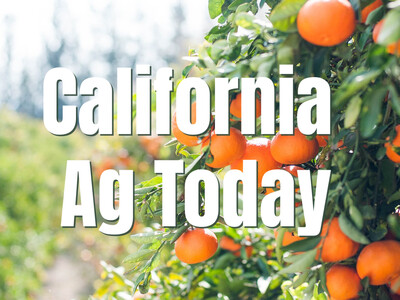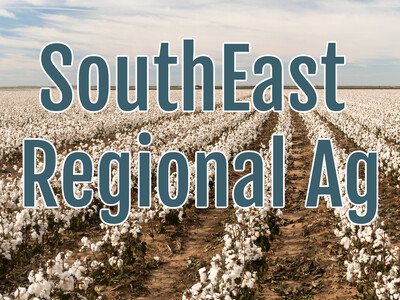Double Dip La Nina
Drought and La Nina tend to go hand in hand. The previous two double dip La Ninas were either accompanied or immediately followed by some of our highest drought coverage of the 21st century. Usda meteorologist Brad Rippy says a double dip La Nina is one that lasts for more than one year. For example, the La Nina that lasted from 1998 to 2001 was immediately followed by significant drought and accompanied and trailed by significant drought. Drought coverage peaked in 2002, actually after La Nina had ended. He says the same thing happened with the 2010 to 2012 La Nina. We saw drought coverage peaking with a record high almost two thirds of the country in September of 2012, shortly after La Nina officially ended. So that is a concern as we move forward, even if La Nina does end in the spring of 2022. We could continue to see elevated drought coverage right on through the remainder of 2022 In the 21st century, this is the third time we've seen what is known as a double dip La Nina, meaning that you see two consecutive winters with La Nina conditions across the equatorial Pacific Basin. The last time this happened was 2010 to 2012, and then previously we saw one that spanned three years. It started in 1998 and lasted until 2001. The current double dip La Nina started in 2020 and is expected to be around until at least spring of 2022.Typically, when you have multi-year La Nina's that is correlated with increased drought coverage across the continental United States. Which means existing drought conditions could Speaker2: Worsen. We've already got enhanced drought coverage across the United States, in part related to the fact that we've had La Nina conditions for a protracted period.

















